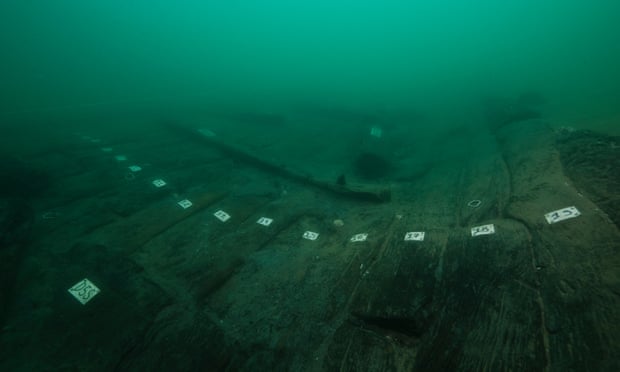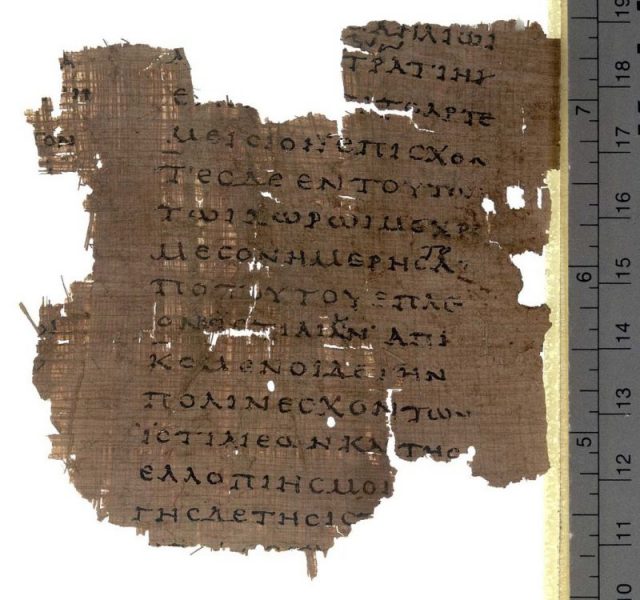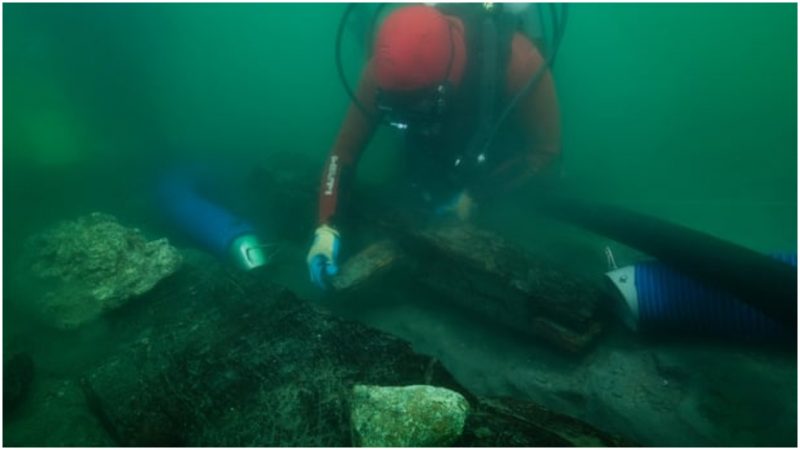The Greek historian Herodotus is widely known as the “father of history”. His magisterial Histories, written in the 5th century BC, has provided modern scholars with a wealth of rich detail on the Greco-Persian wars and the Mediterranean society in which he lived.
However, Herodotus has also attracted the ire of his readers for the apparent errors and inventions that permeate his text. The Greek biographer Plutarch once famously described him as “malicious”, and said that those who hoped to detect “all his lies and fictions would have need of many books.”
Although modern historians generally take his account to be fairly reliable, they tend to agree that at least some of his observations were complete fabrications, designed to entertain rather than instruct.

In particular, Herodotus’ account of shipbuilding practices in 5th century Egypt has been met with incredulity by many modern scholars. His description of the baris, a Nile cargo boat, is like nothing ever encountered by modern archaeologists, and it has been widely debated in the scholarship.
Until now, most historians believed Herodotus’ account to be at best an error introduced by his sources, and at worst, a deliberate fiction.
However, a recent discovery at the sunken port city of Thonis-Heracleion has finally put this long-standing historical debate to rest. According to The Guardian, Ship 17, excavated from the bed of the Nile estuary at the bay of Aboukir, appears to corroborate Herodotus’ account exactly — right down to the materials and processes used to construct the vessel.

According to The Guardian, archaeologists have excavated the colossal hull of a 28-meter-long boat that perfectly matches Herodotus’ description. The planks that formed the body of the ship were held together with “tenon-ribs”, long pieces of wood fastened together with pegs. This created a “brickwork” effect, with lines of internal ribs giving the boat its unusual appearance.
Significantly, the boat also featured a new kind of steering mechanism. The rudder was fitted through two large holes in the stern, providing two different options for steering, depending on whether the boat was filled with cargo or not.
Dr. Damian Robinson, director of the Center for Maritime Archaeology at the University of Oxford, said that the find was completely unique. He went on to note that it settles a long-running debate among historians concerning how Herodotus’ description of the baris should be interpreted.
In fact this remarkable find, which has been underwater for more than 2,000 years, corroborates Herodotus’ account perfectly. In fragment 2.96 of the Histories, he describes his visit to Egypt and his observation of shipbuilding techniques there.

“The boats in which they carry cargo are made of the acacia … Of this tree they cut logs of four feet long and lay them like courses of bricks, and build the boat by fastening these four-foot logs too long and close-set stakes; and having done so, they set crossbeams athwart and on the logs… There is one rudder, passing through a hole in the boat’s keel.”
For many years, historians have argued over the interpretation of this passage, believing that Herodotus was mistaken in his observations, or that he had never actually visited Egypt and was simply relying on confused reports, as no other evidence for shipbuilding techniques of this kind have been found. However, The Guardian reports that the description so closely matches Ship 17, historians and archaeologists have been forced to reassess their interpretations.

Alexander Belov, author of a recent book on the find at Thonis-Heracleion, even suggests that Ship 17 may have been constructed at the same workshop that Herodotus visited. Although the excavated vessel is significantly larger than that described by the ancient Greek historian, it matches the detail of construction in every other way.
Read another story from us: Henry VIII’s Famous Sunken Warship the ‘Mary Rose’ had African Crew
It’s no wonder that Ship 17 has historians and archaeologists of the ancient world so excited. In addition to validating Herodotus’ long disputed account, this find represents a significant leap forward in our understanding of river travel and trade along the Nile in the 5th century.
